Access Over Ownership: Why Renting Clothes Might Just Be the Future of Fashion
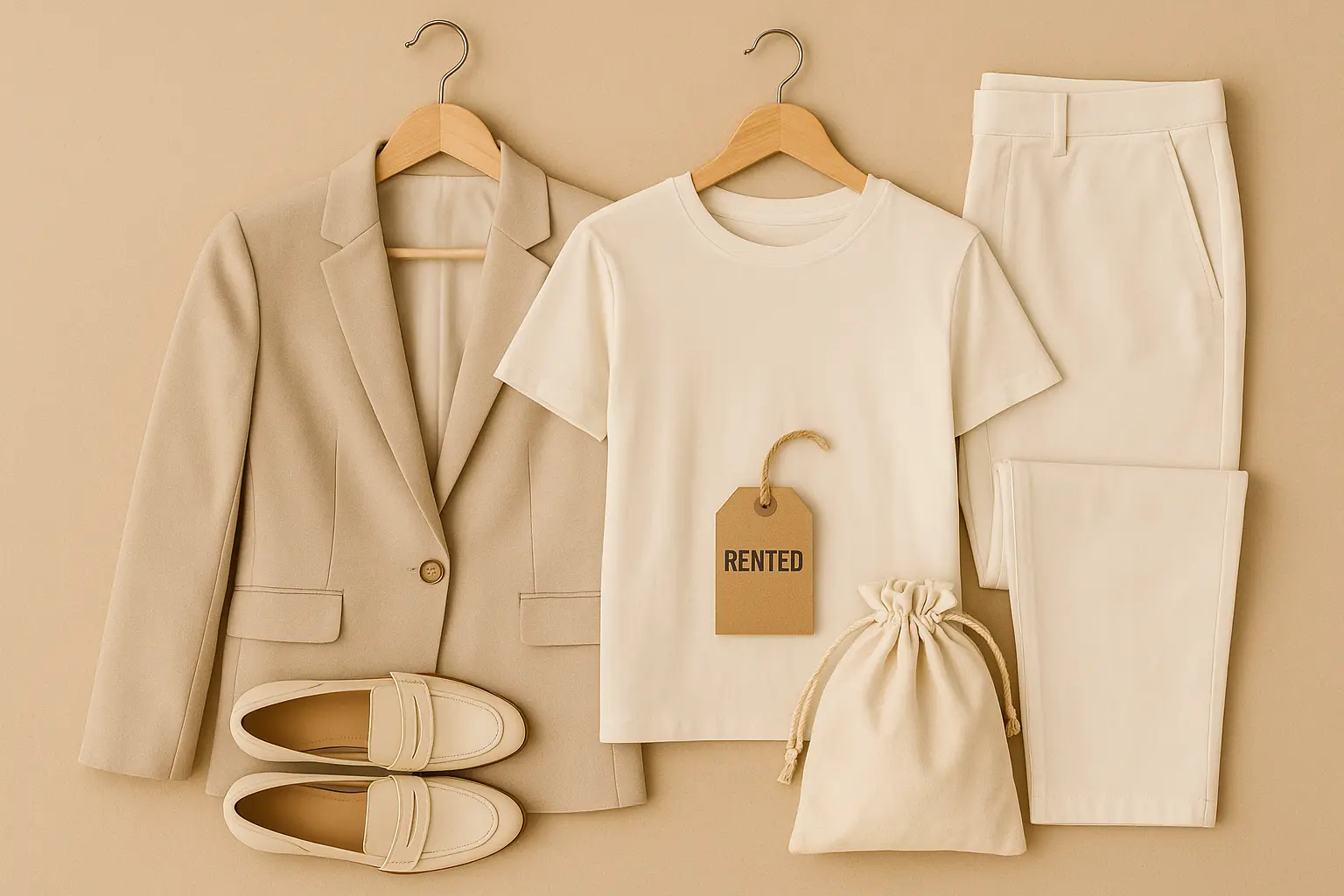
Consider this familiar scenario: You have a special event coming up – a wedding, a significant birthday party, a crucial interview. You want to look and feel your best, maybe wear something a little outside your usual style, or perhaps a designer piece you could never justify buying outright. So, you buy something new. It looks great on the day, you snap some photos, and then... it hangs in your closet, likely to be worn once or twice more, before eventually being relegated to the back, potentially destined for donation or even landfill.
This cycle, amplified by fast fashion's encouragement of disposable clothing, is a major driver of the industry's massive environmental footprint. We're consuming more, wearing items fewer times, and generating unprecedented levels of textile waste.
But what if there was a way to enjoy variety, access high-quality or designer pieces, look great for every occasion, and drastically reduce your impact? Enter the rapidly growing world of clothing rental.
Clothing rental isn't just a temporary trend; it's a fundamental shift in our relationship with fashion, moving from a model of ownership to one of access. And many believe this shift is key to unlocking a more sustainable future for the industry.
The Problem Rental Solves: Beyond the Full Closet
Our current fashion system thrives on newness and volume. This leads to:
- Overconsumption: We buy more than we need or wear.
- Resource Depletion & Pollution: Every new garment requires significant resources (water, energy, chemicals, raw materials) and generates pollution during production and transport.
- Massive Waste: Billions of garments end up in landfill every year, often after very little use.
- The "Wear Once" Dilemma: Especially true for occasion wear or trendy items, leading to wasted resources and money.
Clothing rental directly challenges this model by focusing on maximizing the life and use of existing garments.
Why Rental is Poised to Be the Future (The Sustainable & Stylish Wins!)
The benefits of clothing rental are compelling, both for the planet and the consumer:
-
Dramatic Reduction in Environmental Impact: This is the core sustainable win.
- Extending Garment Lifespan: Instead of a dress being worn once by one person and then tucked away, it can be worn 10, 20, or even more times by different people. This multi-user model vastly reduces the per-wear environmental footprint compared to individual purchases.
- Decreased Demand for New Production: As more people rent, the need to produce brand new garments decreases, saving precious resources, energy, and reducing pollution.
- Waste Prevention: Rental keeps high-quality garments in circulation and out of landfill for much longer.
-
Unlocking Variety & Access to High-Quality Pieces:
- Wardrobe Refresh on Demand: Get access to a constantly rotating selection of styles, perfect for experimenting with trends or having the ideal outfit for every occasion without the commitment of buying.
- Affordable Luxury: Wear designer dresses, premium suits, or high-end accessories at a fraction of the retail price.
- Practical for Specific Needs: Need a ski jacket for one trip? A formal gown for a single event? Rental is the smart, cost-effective solution.
-
No Clutter, More Convenience:
- Say goodbye to overflowing closets! Enjoy a constantly refreshed wardrobe without having to store or maintain pieces you rarely wear.
- Rental services often handle cleaning and sometimes minor repairs, adding a layer of convenience.
-
Encourages Quality and Durability:
- Rental companies have a vested interest in garments lasting through multiple wears and cleaning cycles. This encourages them to invest in (and support brands that produce) higher quality, more durable clothing. This feedback loop can push the entire industry towards better construction.
-
A Step Towards Circularity:
- Rental is a prime example of a circular business model in fashion – keeping products in use for as long as possible through sharing, rather than the linear "take-make-dispose" model.
Addressing Common Questions:
- What about cleaning? Reputable rental services use professional cleaning methods. Many are also exploring more eco-friendly cleaning processes. While cleaning has an impact, spreading that impact across multiple wears by multiple people is still significantly lower than the cumulative impact of manufacturing and discarding individual garments.
- What about transport? Shipping items back and forth uses energy. However, consider the alternative: garments bought new are often shipped multiple times (from factory to warehouse, warehouse to store/customer, potentially back as returns). A centralized rental service circulating items efficiently can have a lower logistical footprint per wear than individual buying/returning habits, especially for items worn infrequently.
The Future is Access
Clothing rental is gaining traction globally, from high-end designer rentals for special occasions to everyday wardrobe subscriptions. As the model matures, we'll likely see more types of clothing available for rent, more convenient access points, and continued innovation in cleaning and logistics to further minimize environmental impact.
This shift represents a fundamental change in how we value clothes – from a depreciating asset we own and underutilize, to a service that provides access to style and function as needed.
Embracing clothing rental is a powerful way to participate in the sustainable fashion movement. It allows you to enjoy variety and style while drastically reducing your personal contribution to textile waste and the environmental cost of production. It's a smart, stylish, and responsible solution for the modern consumer.
So, the next time you need a specific outfit, consider renting. You might just find that accessing your wardrobe is more liberating, more exciting, and much more sustainable than owning it. The future of fashion is about intelligent use, shared resources, and enjoying clothes without the unnecessary environmental baggage.
Related Blogs
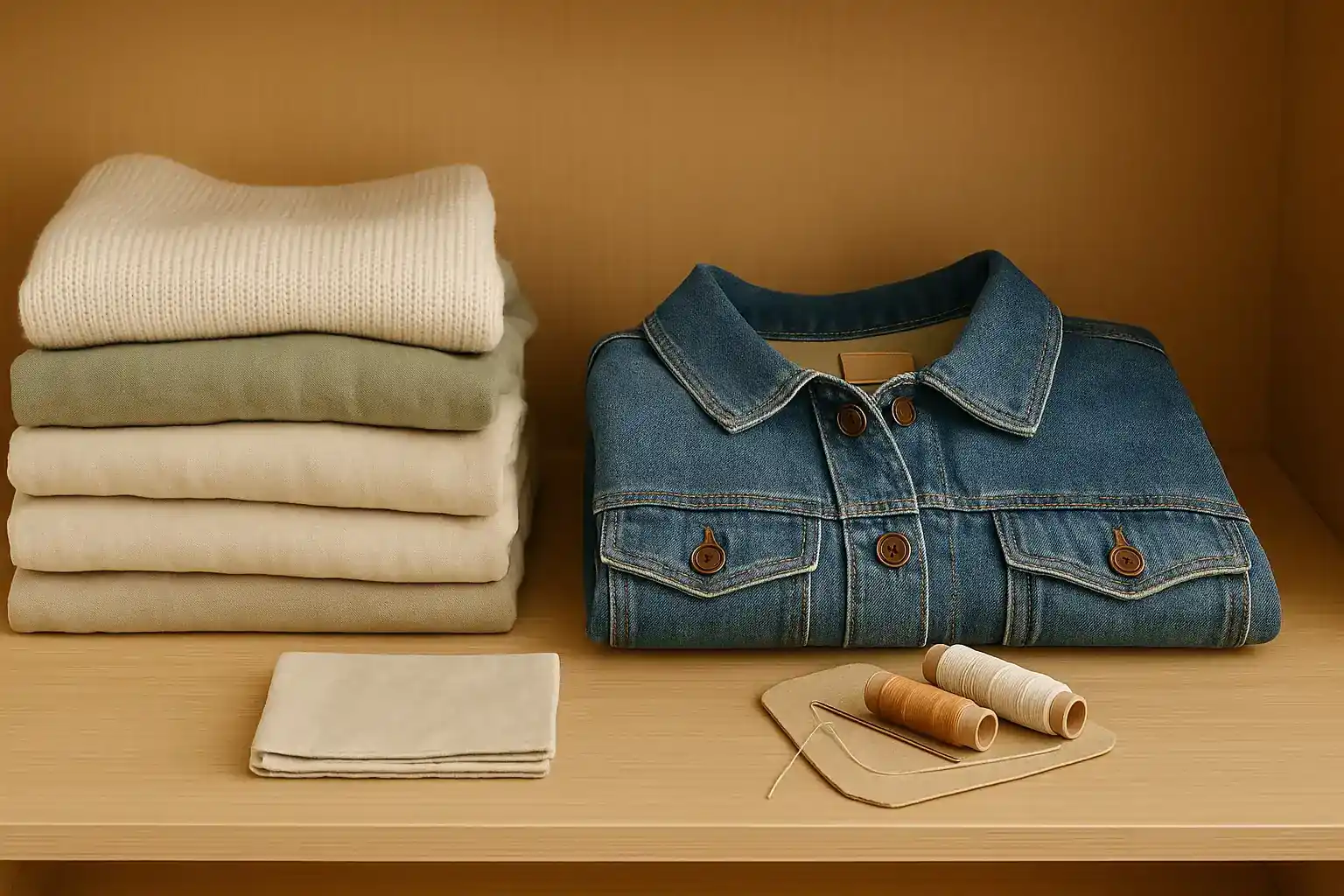
10 Transformative Wardrobe Swaps for a Lighter Environmental Fashion Footprint
Learn how to reduce your fashion footprint with impactful wardrobe swaps.
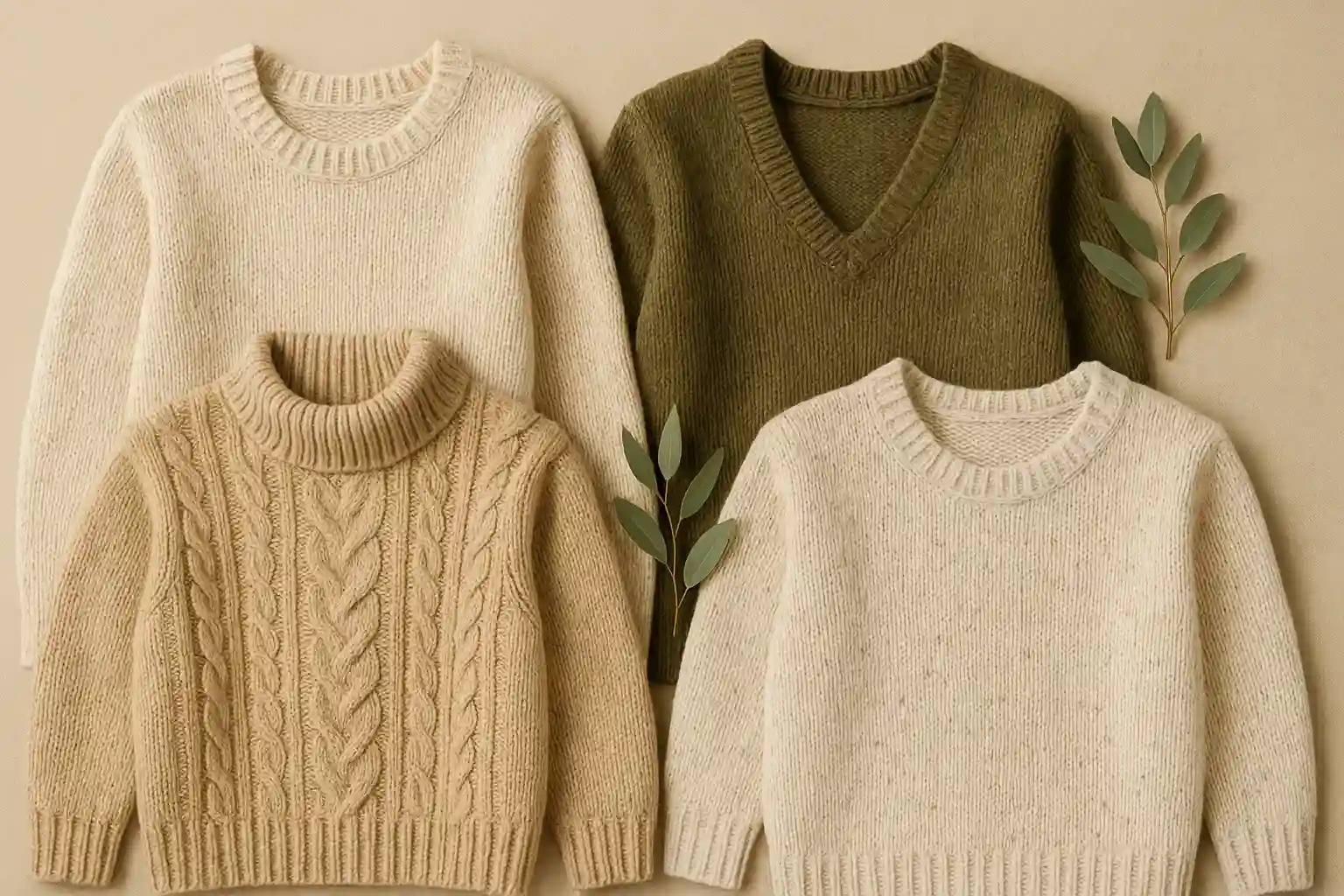
Wrap Yourself in Responsibility: Choosing Sustainable Alternatives to Acrylic Sweaters
Upgrade to durable and breathable wool (certified farms), alpaca, or Tencel-blend knits.
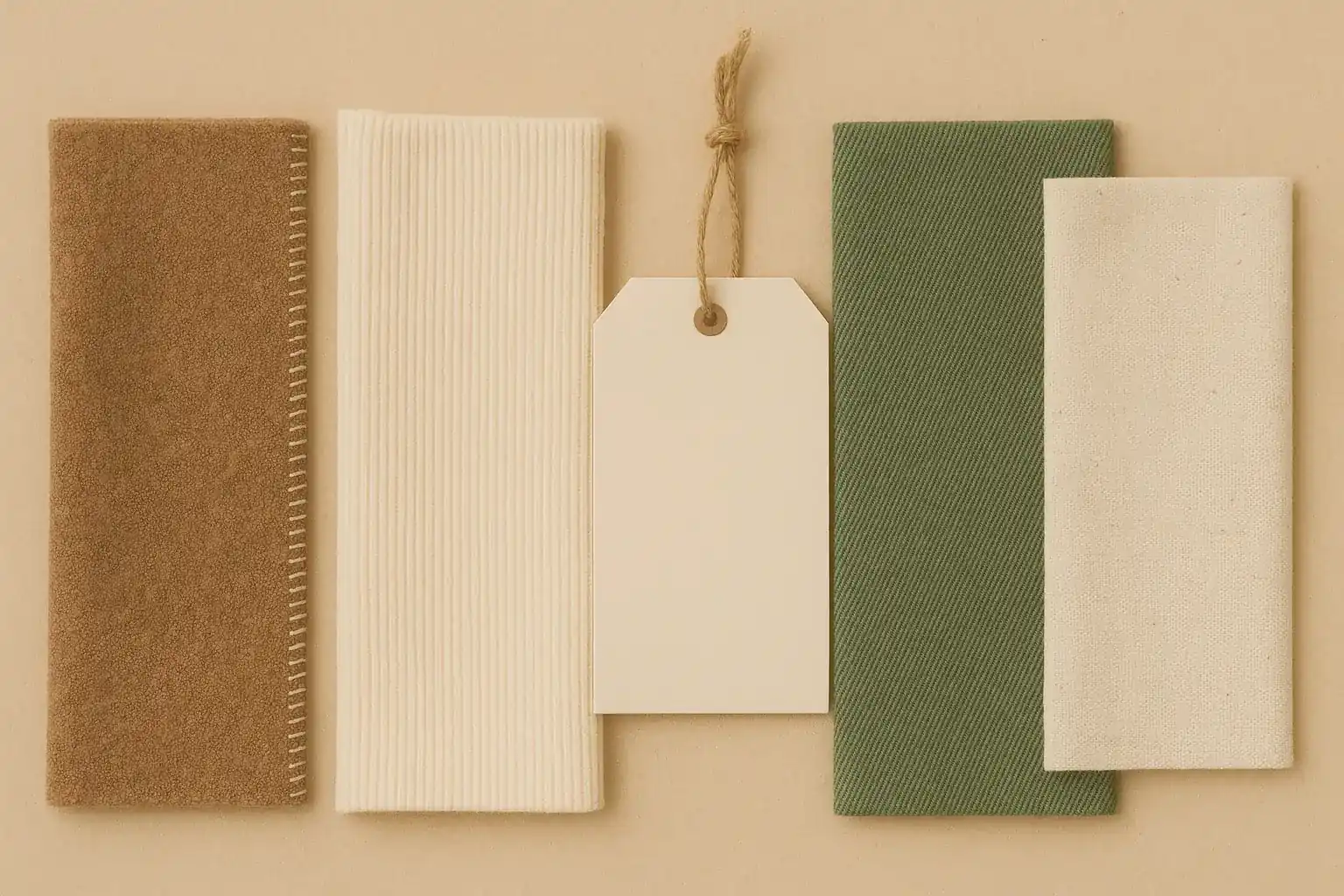
Decoding Fabric Labels: What's Really Sustainable?
Insights on decoding fabric labels in a sustainable way.

Outsmarting the Dry Cleaner: Choosing Machine Washable Naturals for a Toxin-Free Wardrobe
Avoid toxic PERC solvents by opting for machine washable organic cotton and linen clothing.
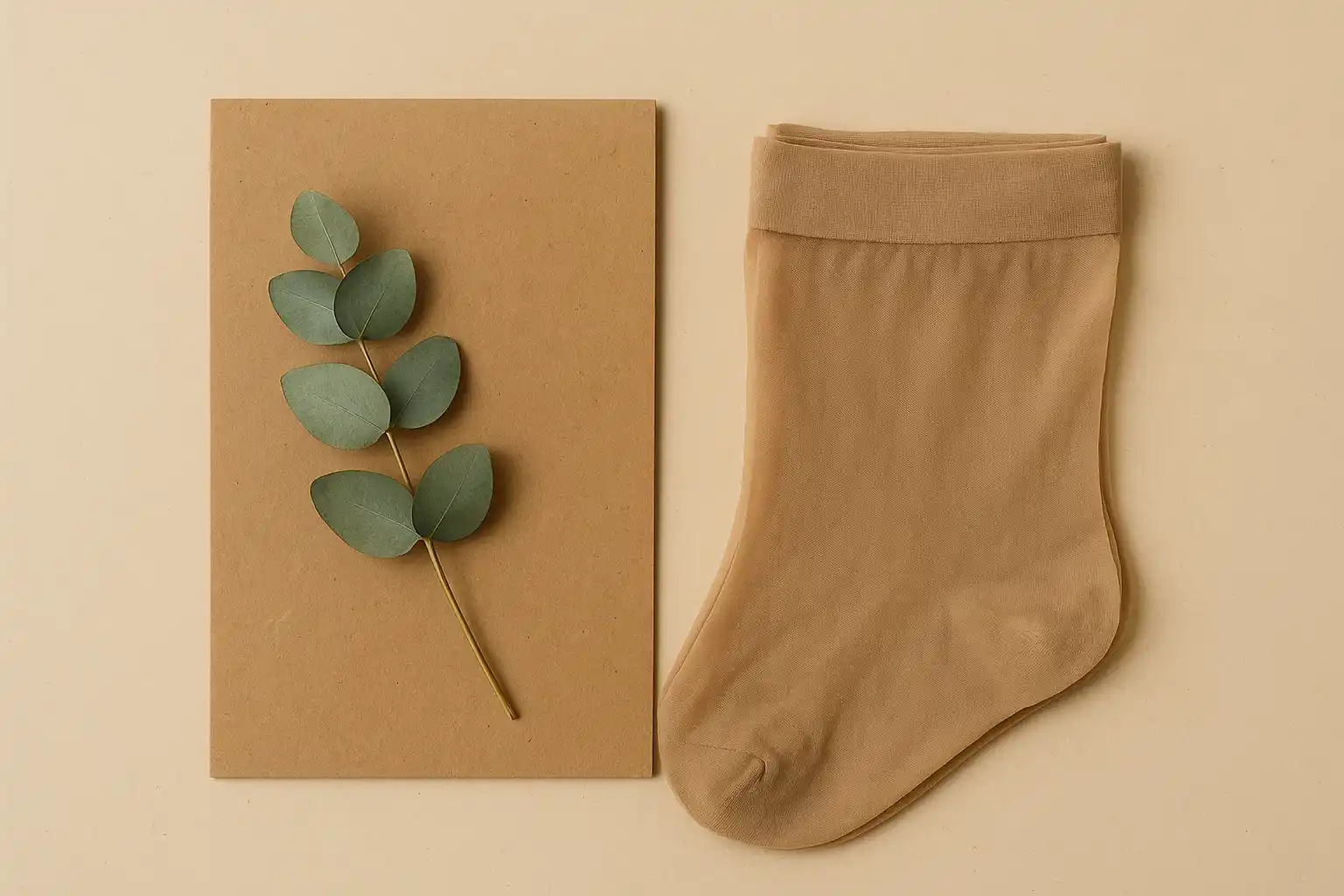
Step Lightly: Choosing Sustainable Alternatives to Nylon Stockings
Opt for recycled nylon, biodegradable, or ladder-resistant hosiery for longer wear and less waste.

Fastening the Future: Choosing Sustainable Alternatives to Plastic Buttons
Opt for biodegradable coconut shell, corozo, or wood buttons for eco-conscious clothing.
Stay in the Loop
Get tips and insights tailored to your interests — no spam, just sustainability.